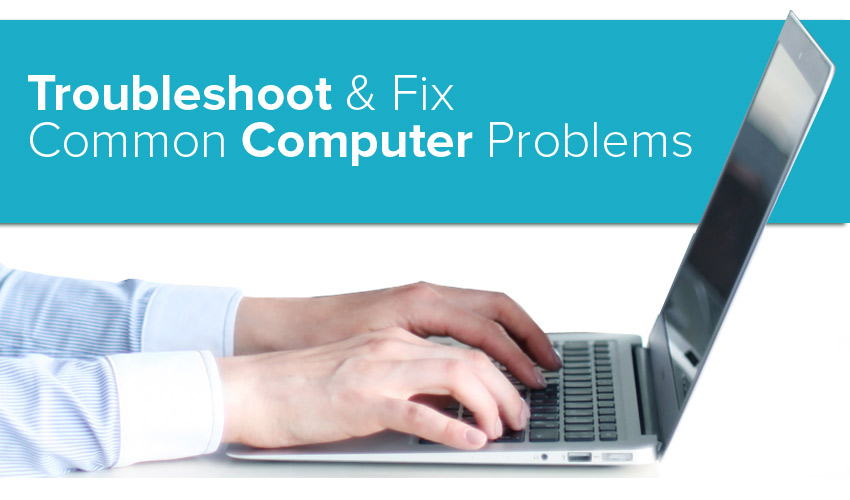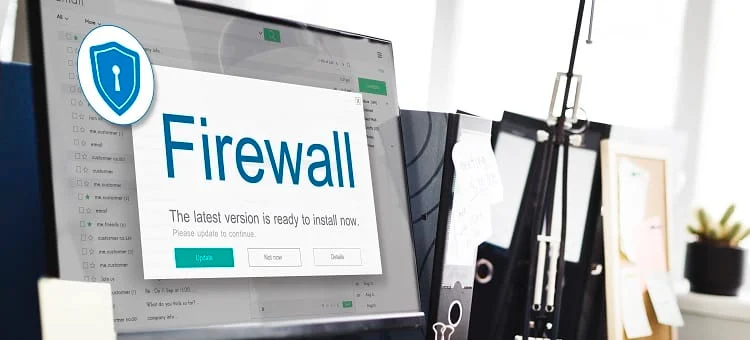How to Troubleshoot Common Computer Problems
Encountering computer issues can be frustrating, but many common problems have straightforward solutions. Below are typical computer problems and steps to troubleshoot them:
1. Computer Won’t Turn On
-
Check Power Supply: Ensure the power cable is securely connected to both the computer and the electrical outlet. Test the outlet with another device to confirm it’s functioning.
-
Inspect Hardware Connections: For desktop PCs, verify that internal components like RAM and graphics cards are properly seated. Loose components can prevent startup.
-
Listen for Beep Codes: Some computers emit beep sounds during startup that indicate specific issues. Refer to your motherboard’s manual to interpret these codes.
2. Slow Computer Performance
-
Close Unnecessary Programs: Running multiple applications simultaneously can consume system resources. Close programs not in use.Reddit+2The Verge+2Lifewire+2
-
Manage Startup Items: Disable unnecessary programs that launch at startup to speed up boot time.
-
Run Antivirus Scan: Malware can significantly slow down your system. Regularly scan your computer using updated antivirus software.
-
Upgrade Hardware: Consider adding more RAM or switching to a Solid-State Drive (SSD) for improved performance.
3. Frequent Freezing or Crashing
-
Update Software: Ensure your operating system and all installed programs are up to date, as updates often include bug fixes.
-
Check for Overheating: Overheating can cause crashes. Clean dust from vents and fans, and ensure proper airflow around your computer.CDW
-
Test Hardware Components: Faulty RAM or hard drives can lead to system instability. Use diagnostic tools to test these components.
4. No Internet Connectivity
-
Restart Router and Modem: Power cycle your networking equipment by unplugging them for about 30 seconds and then reconnecting.
-
Check Physical Connections: Ensure all cables are securely connected and not damaged.
-
Run Network Troubleshooter: Most operating systems have built-in tools to diagnose and fix network issues.
-
Update Network Drivers: Outdated or corrupted drivers can cause connectivity problems. Update them through your device manager.
5. Peripheral Devices Not Working
-
Reconnect Devices: Unplug and then reconnect the peripheral device to ensure a proper connection.
-
Try Different Ports: Test the device on another USB or peripheral port to rule out port issues.Computer Troubleshooters
-
Update or Reinstall Drivers: Ensure the device drivers are current. If problems persist, uninstall and reinstall the drivers.
-
Test on Another Computer: Connect the device to a different computer to determine if the issue lies with the device or your computer.
6. Unusual Noises
-
Identify the Source: Determine if the noise is coming from the hard drive, fans, or other components.
-
Clean Internal Components: Dust buildup can cause fans to work harder, leading to noise. Regularly clean the interior of your computer.
-
Backup Data Immediately: If the hard drive is making clicking or grinding noises, it may be failing. Back up important data and consider replacing the drive.
7. Blue Screen Errors (BSOD)
-
Note the Error Code: When a blue screen occurs, it displays an error code. Record this code for troubleshooting.
-
Update Drivers and Software: Outdated drivers or incompatible software can cause BSODs. Ensure all are up to date.
-
Check for Hardware Issues: Faulty RAM or other hardware can lead to blue screens. Run hardware diagnostics to identify problems.
General Troubleshooting Tips:
-
Restart Your Computer: Many issues can be resolved by simply restarting the system, as this clears temporary files and resets processes.
-
Keep Software Updated: Regularly update your operating system and applications to benefit from security patches and performance improvements.
-
Perform Regular Maintenance: Use built-in tools like disk cleanup and defragmentation to maintain system health.
-
Consult Professional Help: If problems persist after troubleshooting, seek assistance from a professional technician to avoid further damage.
By systematically approaching each issue and applying these troubleshooting steps, you can resolve many common computer problems and maintain your system’s optimal performance.






